Karub: A Tibet primitive culture remain

[Photo/China Tibet Online]
One of the three major Tibetan primitive culture remains are the Karub ruins. They are located in the town of Karub, Chamdo County. Karub ruins belong to the neolithic era settlement ruins, dating back between four and five thousand years ago.
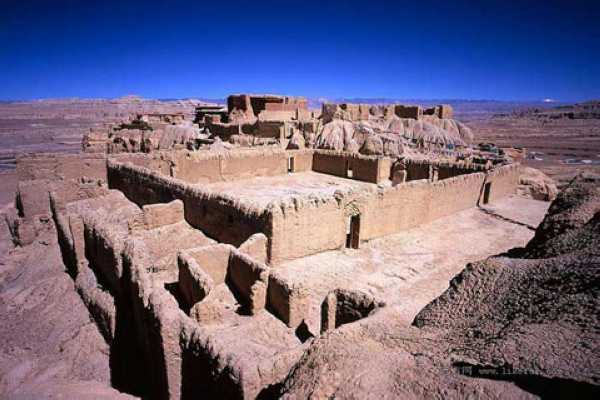
[Photo/Sohu]
The Karub ruins are about 38,000 square meters in size. About 30,000 items have been unearthed at the ruins site. A large portion of the relics and scientific research prove that there were countless links between the Karub ruin culture, the upper reaches of the Yellow River in Gansu, the Qinghai area ancient culture as well as the Yunnan Yuanmou culture.
It clearly negates a long multi-century Tibetan race outer saying, and it has important value and a special place in the scheme of research regarding the ancient civilization of China. It considers the history of Tibet 5000 years before today and through facts proves that the culture of this area as early as about four or five thousand years ago was connected with the ancient culture in the Yellow River basin.

Stone wall house ruins [Photo/Tibet Commercial Newspaper]
In Tibetan, Karub means “castle”. Archeologists have taken the Karub ruins as the representative archeological culture and have thus christened the name Karub culture. Karub culture is a representative culture style of the neolithic era in eastern Tibet.
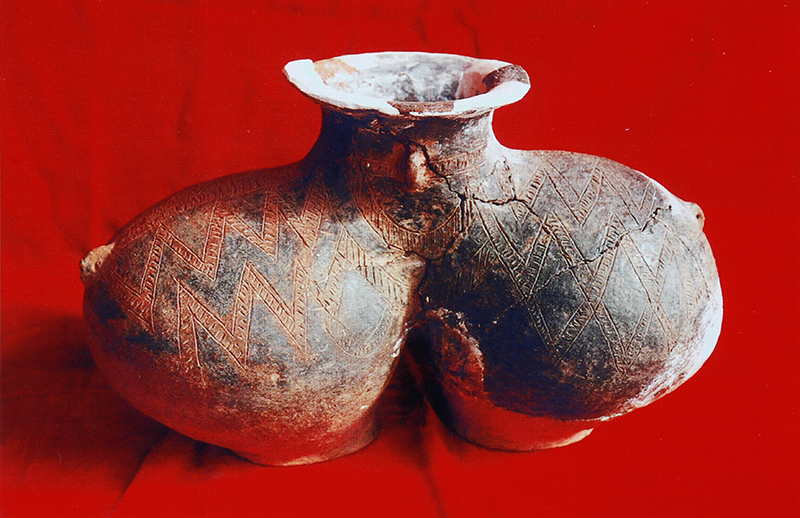
Paired pottery jars excavated from the Karub ruins, 4200 to 5300 years old which have already become a jewel exhibition within the Museum of Tibet. [Photo/China Tibet Online]
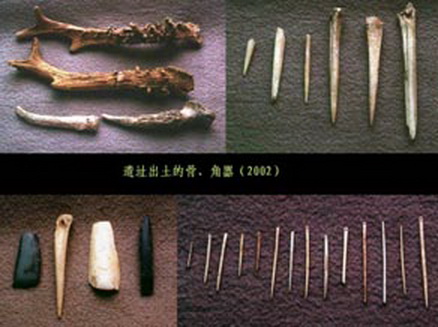
Bones, utensils from the Karub ruins [Photo/Tibetol.cn]
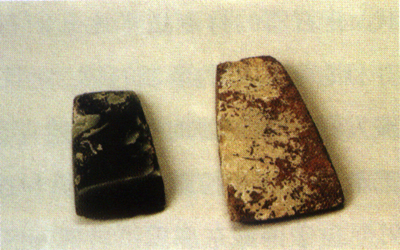
Neolithic stone adze from the Karub ruins [Photo/CRI]
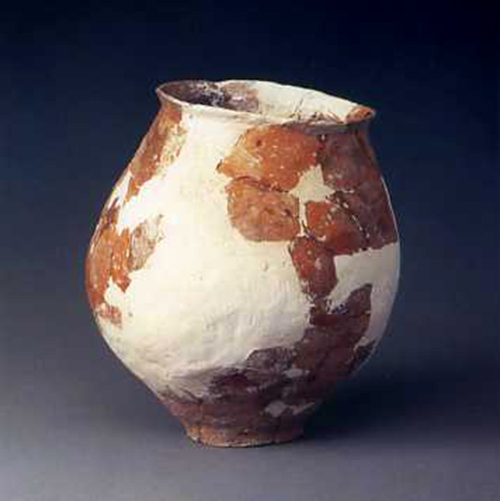
Red jar pottery from the Karub ruins [Photo/Tibet Commercial Newspaper]

Bone and stone necklaces from the Karub ruins [Photo/Tibet Commercial Newspaper]
